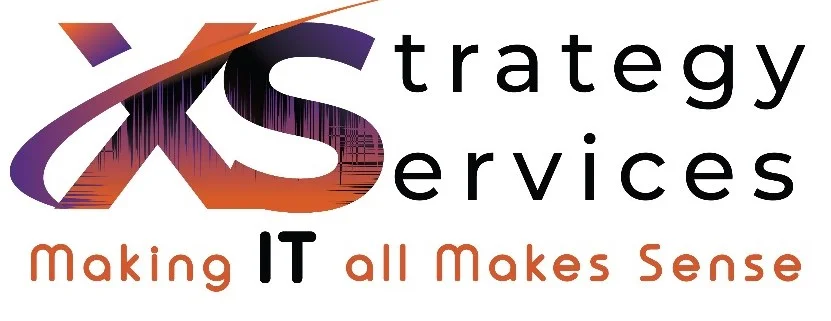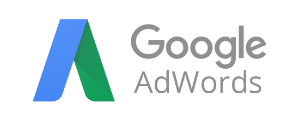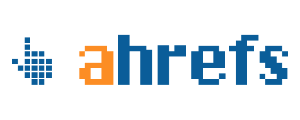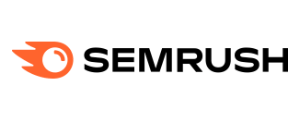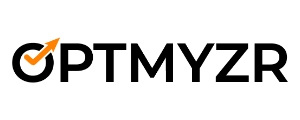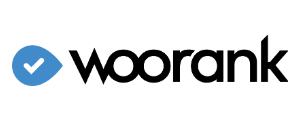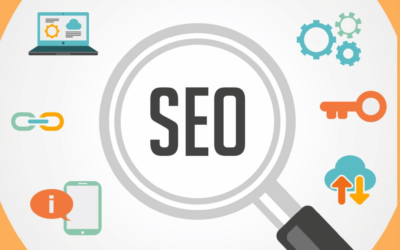Technical Search Engine Optimization (SEO)
Technical SEO in Delhi
We are a specialized agency focusing on on-site technical SEO services for websites of all sizes in India. Our expertise lies in enhancing your site’s crawling and indexing processes, along with optimizing keyword rankings. With industry-leading technical SEO knowledge, our seasoned technical team, and advanced tools, we are equipped to assist you with a diverse range of technical SEO challenges.
Our comprehensive technical SEO audits provide actionable insights, empowering you to make informed decisions that positively impact your online visibility and user experience. At our core, we believe in fostering long-term partnerships, dedicating ourselves to the continuous improvement of your website’s technical foundation for sustained success in the dynamic digital landscape.
50+
Apps with 5M+ Downloads on Play store & App store
250+
Influencers Boosting your Brand
100K+
Leads Generated
Clients who express their Trust in us

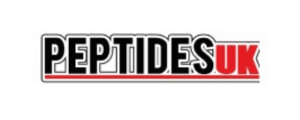
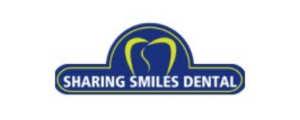

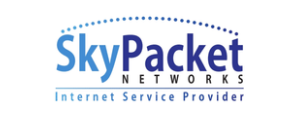
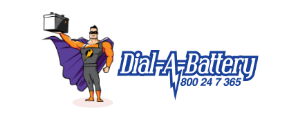
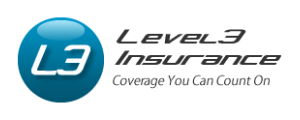



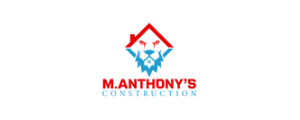



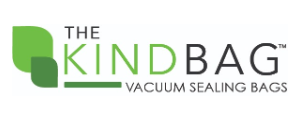
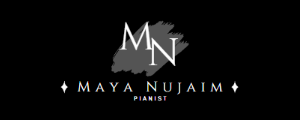
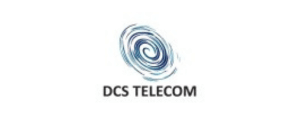


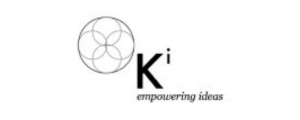

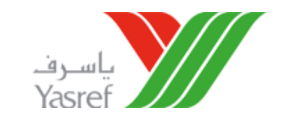
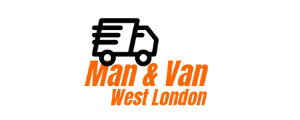
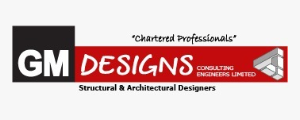

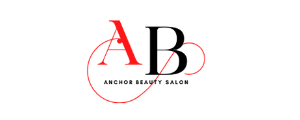

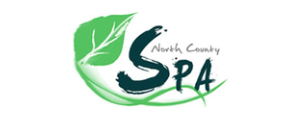
What is Technical SEO?
Technical SEO involves optimising a website’s technical components to raise its search engine ranks. To make it simpler for search engines to crawl and index the site’s pages, it entails making adjustments to a website’s architecture, code, and other technical components.
Consider the quantifiable measures that web developers, programmers, and infrastructure administrators may impact with regard to search engine optimisation and search engine rankings.
Technical SEO is important since it aids search engines in better comprehending and indexing your website, which may result in improved search engine rankings, more website traffic, and eventually, higher conversion and revenue rates.
Page Speed
Page speed, user experience, and website authority are all technical aspects that might have an impact on search engine results. Several of these crucial technical aspects are as follows:
-
 Text compression, Minification, and Caching
Text compression, Minification, and Caching
-
 Developing and Uploading Sitemaps,
Developing and Uploading Sitemaps,
-
 Critical CSS
Critical CSS
-
 First paint experience / Time to engage
First paint experience / Time to engage
-
 Fixing Broken Links
Fixing Broken Links
-
 HTTP/2
HTTP/2
-
 HTTPS Encryption
HTTPS Encryption
-
 HTTP Requests Total
HTTP Requests Total
-
 Image Compression
Image Compression
-
 Slow Picture Processing / Mirage
Slow Picture Processing / Mirage
-
 Image sizing (appropriate)
Image sizing (appropriate)
-
 JS execution speed
JS execution speed
-
 Use Contemporary media types like WebP, WebM, etc.
Use Contemporary media types like WebP, WebM, etc.
-
 Mobile compatibility
Mobile compatibility
-
 Improving website metadata
Improving website metadata
-
 Redirecting Pages
Redirecting Pages
-
 Rendering-Preventing images
Rendering-Preventing images
-
 Preconnect request
Preconnect request
-
 Responsive style
Responsive style
-
 Image Compression
Image Compression
-
 Configuring robots.txt
Configuring robots.txt
-
 third-party code/services
third-party code/services
Researching, prioritising, and implementing improvements related to these issues will help your website’s frontend and backend developers and programmers—along with the individuals in charge of managing your servers and infrastructure—significantly improve your page speed loading times and overall user experience. Your technical search engine optimisation will increase as a result of all of these elements.
How essential is Technical SEO?
Since Google released Core Web Vitals (CWV), the technical aspect of search engine optimisation has come into greater focus. Core web vitals gauge the technological soundness of a webpage’s user experience. These essential online metrics are quantifiable and traceable, and they encourage site designers to improve the user experience. When converting a site index into search engine rankings, Google takes into account key web metrics as well as additional measures of webpage performance.
X-Strategy Services offer the Technical SEO Services in India
Website Audit & Analysis
Content Optimization
Schema Markup Implementation
Technical Backlink Analysis
Website Speed Optimization
Tips for Choosing the Right Technical SEO Provider
When selecting the right technical SEO provider, consider the following tips:

1. Expertise and Experience
Choose a provider with a strong expertise in technical SEO and a proven track record. Look for their experience in implementing successful strategies for businesses similar to yours.

2. Comprehensive Services
Ensure the provider offers a wide range of technical SEO services that align with your specific needs. This may include website audits, on-page optimization, technical optimizations, and more.

3. Industry Knowledge
Seek a provider that understands your industry and its unique SEO challenges. They should be aware of industry-specific trends and best practices to tailor their strategies accordingly.
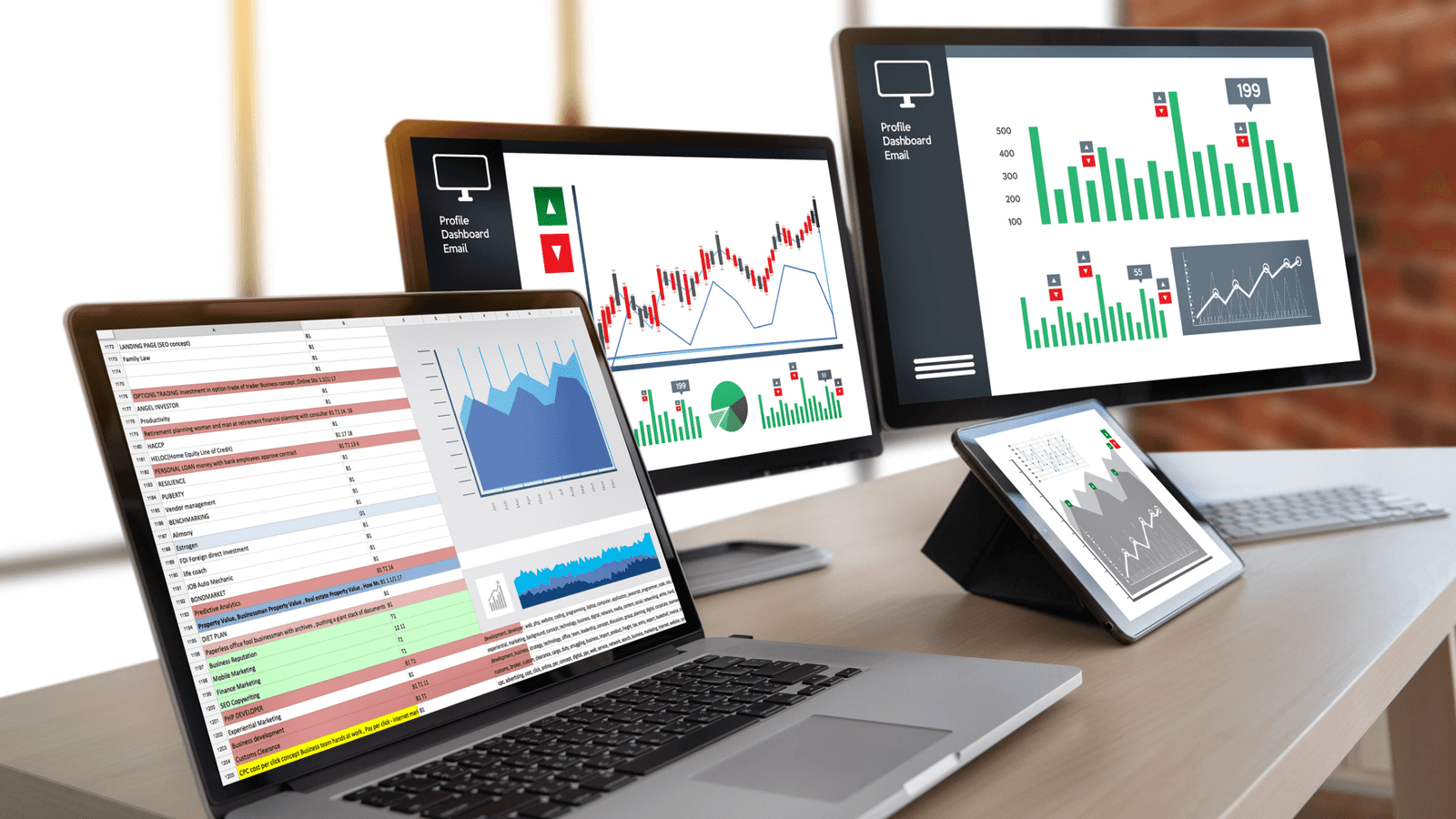
4. Transparent Communication
Look for a provider that communicates clearly and transparently. They should explain their processes, tactics, and progress in a way that is easily understandable and keeps you informed throughout the engagement.

5. Customized Approach
Choose a provider that offers personalized solutions based on your business goals and objectives. They should be able to adapt their strategies to your specific requirements and provide tailored recommendations.

6. Proven Results and Testimonials
Request case studies or testimonials from previous clients to evaluate the provider's ability to deliver results. Look for evidence of improved organic rankings, increased organic traffic, and measurable business outcomes.

7. Ongoing Support and Maintenance
Technical SEO is an ongoing process. Ensure the provider offers ongoing support and maintenance to continuously optimize your website and keep up with algorithm updates.

8. Collaboration and Partnership
Seek a provider that values collaboration and sees the engagement as a partnership. They should actively involve you in the decision-making process and provide regular updates and insights.
Tips for Choosing the Right Technical SEO Provider
When selecting the right technical SEO provider, consider the following tips:

1. Expertise and Experience
Choose a provider with a strong expertise in technical SEO and a proven track record. Look for their experience in implementing successful strategies for businesses similar to yours.

2. Comprehensive Services
Ensure the provider offers a wide range of technical SEO services that align with your specific needs. This may include website audits, on-page optimization, technical optimizations, and more.

3. Industry Knowledge
Seek a provider that understands your industry and its unique SEO challenges. They should be aware of industry-specific trends and best practices to tailor their strategies accordingly.

4. Improved Site Performance
Look for a provider that communicates clearly and transparently. They should explain their processes, tactics, and progress in a way that is easily understandable and keeps you informed throughout the engagement.

5. Customized Approach
Choose a provider that offers personalized solutions based on your business goals and objectives. They should be able to adapt their strategies to your specific requirements and provide tailored recommendations.

6. Proven Results and Testimonials
Request case studies or testimonials from previous clients to evaluate the provider's ability to deliver results. Look for evidence of improved organic rankings, increased organic traffic, and measurable business outcomes.

7. Ongoing Support and Maintenance
Technical SEO is an ongoing process. Ensure the provider offers ongoing support and maintenance to continuously optimize your website and keep up with algorithm updates.

8. Collaboration and Partnership
Seek a provider that values collaboration and sees the engagement as a partnership. They should actively involve you in the decision-making process and provide regular updates and insights.
Boost your website’s visibility with expert technical SEO solutions
Website crawlability and indexing
Search engines need to be able to access and understand your website in order to index it and rank it in search results. Common issues here include blocked pages, broken links, and missing sitemaps.
Website speed and performance
Slow-loading websites can hurt your SEO and user experience. Optimizing your images, minifying code, and using a caching plugin can all help improve website speed.
Mobile-friendliness
More and more people are searching the web on their mobile devices, so it’s important to make sure your website is mobile-friendly. Google’s mobile-first indexing means your mobile site is now the primary version for indexing and ranking.
On-page optimization
This includes things like using relevant keywords in your title tags, meta descriptions, and headings, as well as having high-quality content on your website.
Technical issues
These can include things like server errors, 404 errors, and duplicate content.
Key Elements of Technical SEO
The key elements of technical SEO include:
A. Website Structure and Navigation: Optimizing the organization and navigation of your website.
B. Page Speed and Performance Optimization: Improving the loading speed and overall performance of web pages.
C. Mobile-Friendliness and Responsive Design: Ensuring your website is mobile-friendly and displays properly on different devices.
D. URL Structure and Canonicalization: Creating clear and search engine-friendly URLs and handling duplicate content issues.
E. XML Sitemaps and Robots.txt: Generating XML sitemaps to help search engines understand your website structure, and using a robots.txt file to control crawling.
F. Redirects and URL Rewriting: Properly redirecting old URLs and rewriting URLs for improved user experience and search engine visibility.
G. Structured Data Markup: Adding structured data to provide additional context and information to search engines.
H. SSL Certificates and HTTPS Implementation: Implementing secure connections with SSL certificates and using HTTPS for better security and search engine rankings.
I. Crawlability and Indexability: Ensuring that search engine bots can crawl and index your website’s content effectively.
J. Internal Linking and Anchor Text Optimization: Optimizing internal linking and anchor text to improve website navigation and search engine understanding.
K. HTML and XML Sitemaps: Creating HTML sitemaps for users and XML sitemaps for search engines to understand the structure of your website.
L. Accessibility and User Experience: Enhancing website accessibility for all users and providing a seamless and user-friendly experience.
THE BENEFITS OF TECHNICAL SEO OPTIMIZATION
Your content authors should concentrate on content search engine optimisation in addition to concentrating on technical search engine optimisation. Key SEO skills may be learned by writers, bloggers, copyeditors, and anyone who produce and input material for your website.
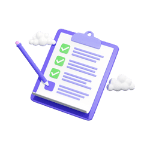
Improved Site Performance
Technical SEO optimization ensures that your website is well-structured, leading to faster loading times and smoother user experiences. Consequently, optimized performance contributes to higher user satisfaction and can positively impact your site's search engine rankings.

Enhanced Crawling and Indexing
By addressing technical aspects like XML sitemaps, robots.txt files, and site architecture, technical SEO optimization helps search engine bots crawl and index your website more efficiently. Consequently, this ensures that your content is properly discovered and included in search engine results.

Mobile Friendliness and Responsiveness
With the increasing use of mobile devices, technical SEO optimization ensures that your website is mobile-friendly and responsive. As a result, this not only improves the user experience for mobile users but also aligns with search engine algorithms that prioritize mobile-friendly sites in rankings.

Optimized Site Structure for User Navigation
Properly structured websites are easier for users to navigate, leading to a better overall user experience. Through technical SEO optimization, involving the organization of content, creation of clear navigation paths, and improving site architecture, it becomes easier for both users and search engines to find relevant information.

Security and User Trust
Implementing technical SEO measures, such as securing your website with HTTPS, not only enhances user security but also builds trust. Consequently, search engines often prioritize secure websites, and users are more likely to interact with a site they trust, leading to improved organic traffic and conversions.
Best SEO Tools We Use
In order to provide our clients with the greatest services, we are a top search engine optimisation firm that makes use of a variety of SEO tools, including deep crawl, longtail PRO, and Google’s keyword planner.
Why We Are Your Top Partner for Digital Marketing
Our Top-Notch Internet Marketing Services Impress Clients with Powerful Results.

Frequently Asked Questions
What is Technical SEO?
Technical SEO is the process of enhancing a website’s technical basis for search engines in order to make it simpler for search engines to crawl and index your site, leading to higher search engine visibility and ranks.
What defines Technical SEO's essential elements?
Website structure, site speed, mobile optimisation, indexability, crawlability, website security, and structured data are some essential elements of technical SEO.
How important is technical SEO?
Effective technical SEO has a profound influence on how well a website performs on Google. When search engines cannot access the pages on your site, they will not be visible or rank in search results, regardless of the quality of your content. This lack of visibility leads to a decline in website traffic and potential revenue loss for your business.
Is it worth investing in a Technical SEO service?
Yes, investing in Technical SEO services is crucial for optimizing your website’s infrastructure, ensuring search engines can crawl and index it effectively, leading to improved visibility and higher search rankings. A well-optimized technical foundation enhances user experience and supports overall SEO efforts, making it a worthwhile investment for long-term online success.
Technical SEO Blogging
As a leading Technical SEO Agency, we assist you in staying current with our most recent updates.
The Ultimate Guide to SEO: Tips, Tricks, and Techniques
Search Engine Optimization (SEO) is an essential tool for any website owner who wants to increase their online visibility and attract more traffic to their site. In this blog, we will provide you with an ultimate guide to SEO,...
The Ultimate Guide to SEO Services in Delhi: Boost Your Business Online
In the bustling metropolis of Delhi, competition is fierce across every industry. To stand out amongst a sea of contenders, you need a strong online presence that attracts your target audience. That's where SEO (Search Engine Optimization) comes in. By implementing...
How Digital marketing can Boost your Career Prospects
Introduction: The Development of Digital Marketing In today's business environment, digital marketing has become increasingly important. Businesses are discovering the enormous potential of contacting and interacting with their target audiences online as a result of...
The Essential Elements of Technical SEO: Leveraging X-Strategy Services for Results
Introduction to Technical SEO Technical SEO is a crucial aspect of search engine optimization that focuses on optimising the technical elements of a website to improve its visibility and performance in search engine rankings. It involves optimising website structure,...
Not really sure what you require?
Schedule A Free Strategy Session With One Of Our SEO and ASO Experts Today
After spending 30 minutes discussing your unique business and goals, we’ll lay out the precise measures you need to take to dramatically increase your organic traffic through search engine optimisation.
